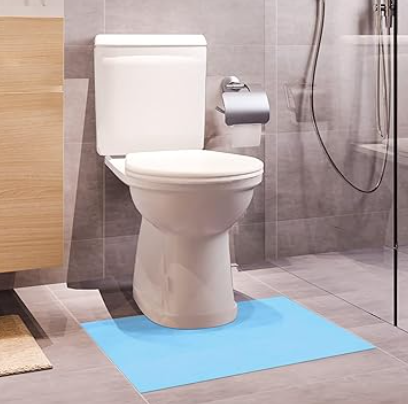Enhancing Elder’s Safety and Independence at Home
Home is a safe place that most elders wish to stay in. To make this possible, it is important to ensure that their home environment is safe and supportive for their needs.
All aspects must be considered to achieve a safe environment for elders, such as fall prevention, accessibility modifications, bathroom safety and medication management. When such changing needs are met, older adults can thrive and obtain independence in their own space.
So, here are 4 essential areas to consider to enhance your elder’s safety and independence in their homes.
1. Fall Prevention
Falls are the most significant risk to seniors. This is why implementing measures to prevent falls is crucial. To prevent fall risks, you need to:
- Remove potential hazards
Observe and assess potential tripping hazards around the house, such as loose rugs, cluttered walkways and uneven surfaces. Also, create clear pathways throughout the home to ensure safety.
- Install grab bars and handrails
Placing grab bars and handrails provide support and stability to elders and reduce the risk of falls. Place them in areas such as bathrooms and staircases. Also, make sure that these are securely anchored and can withstand pressure.
- Improve lighting
Lighting is extremely important as it allows the elder to have a clear vision of their surroundings. Therefore, install bright, energy-efficient LED bulbs to illuminate the living space and prevent falls.
- Provide assistive devices
Supportive tools such as canes, walkers or mobility aids can enhance stability and balance to the older adult.
2. Accessibility Modifications
Making sure that the home environment is accessible and aids the elder’s limited mobility is crucial in preventing falls. Accessible homes can include:
- Widen pathways
With cleared pathways, there will be less tripping hazards, and the elder is able to move around with wheelchairs or walkers when necessary.
- Lower countertops and cabinets
Reducing the height of countertops and cabinets can help the older adult access their items without needing to reach or bend over excessively.
- Ramps
If there are stairs which present a barrier, try installing ramps to facilitate mobility within the house.
3. Bathroom Safety

Bathrooms present many challenges and risks to seniors, as they include slippery surfaces and limited spaces. To reduce risks of harm involved, consider installing the following bathroom supports:
- Non-slip mats
Around areas that are prone to be wet – such as tubs and showers – place non-slip mats. This can reduce any chance of slips and falls.
- Raised toilet seat
To seniors with mobility issues, a raised toilet seat can be helpful. It makes sitting down and standing up easier, fostering their independence in taking care of themselves.
- Toiletry organiser
Make sure the older adult’s toiletries are within easy reach and are securely positioned at a safe place. This can prevent any spills and clutters and pose less risk within the bathroom.
4. Medication Management

Most seniors have multiple prescriptions to take regularly, and overtime, it may become challenging to keep track. Organising medication and simplifying the process can enable elders to manage their health and well-being. Here is a list of things to manage medication:
- Use pill organisers for each day of the week
- Create a medication list, including dosage instructions and any allergies
- Set up reminders using alarms, timers and smartphone apps
- Be prepared for refills in advance
And most importantly, stay connected with your elder and actively engage them in supportive communities.
Encouraging social connections can enhance their overall well-being exponentially.
If you are seeking guidance in supporting your elder’s needs, Living Waters Aged Care is here to help.
Please contact us to get started.

